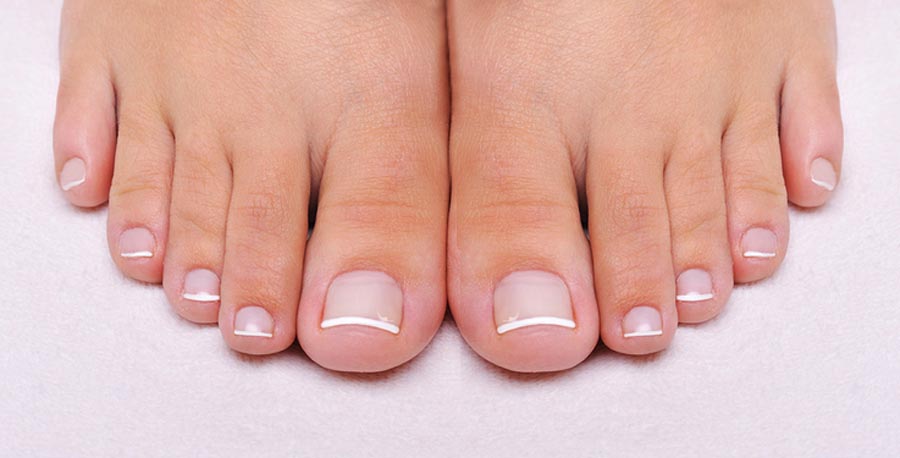Two is Better than One
 When I was a young child and would see crutches, I always wanted to ‘play’ with them. Usually I was not allowed to because someone was actually using them. Yet the fascination was there and I felt it would be incredible fun to get around on crutches.
When I was a young child and would see crutches, I always wanted to ‘play’ with them. Usually I was not allowed to because someone was actually using them. Yet the fascination was there and I felt it would be incredible fun to get around on crutches.
My expectations left over from childhood turned into a tough reality when due to my recent foot fracture I had to keep all weight off my left foot and use crutches to get around.
Here is what I can tell you about crutches. First, get them sized correctly. The top of the crutch should be about two inches below your actual underarm. You never place your underarm on the crutch, but rather bring the crutch end against your rib cage just below the underarm. This keeps you from crushing all those important nerves that travel in the under arm area.
Second, the handles of the crutch should be positioned about hip height so that when you grab them with your hands your elbows are slightly bent. This prevents you from adding stress to the elbow joint and lets you use both your biceps and triceps muscles at the same time.
To walk you place the ends of the crutch about 18 inches forward and with your injured leg bent, step forward with your good leg about the same distance as your regular step. And then repeat a whole bunch of times in order to get to where you are going. Hopefully it is just a few steps away, because more than about 25 of these steps and you are wanting to push the pause button and take a break.
My longest crutching walk without a break was about 60 paces. My longest trip from car to location and back to the car was about 250 paces. Needless to say, I am very much wanting to be healed and back onto two legs again.
With that in mind, here are a list of things you can do to speed your healing of a fractured 5th metatarsal. Many of these tips also will work for any broken bone experience as well as sprains and strains.
10 Things to do to speed your healing
1. Rest. Whenever you can, rest your body. You need to reserve your energy for healing. This is not the time to take on new projects. Relax. Go slow. Come to a stop. You will have plenty of time after you heal to run at full speed. Take a break. Find a wiling person to bring you things. Train your pets to bring you things. Get things delivered to you.
2. Elevate – whenever you are sitting or reclining, put your foot up. It doesn’t have to be always higher than your heart level, but try to get it to hip height at least. This will help keep circulation flowing into your foot and leg and prevent an increase in tissue swelling. Make sure you are seated or reclined in a position that does not trash the rest of your body. You want to elevate your injured area, not destroy your posture.
3. Increase circulation – after the first few days of using only cold, your body is through the worst of the inflammation cycle. At this point it is very important to enhance your circulation. While it might be too soon to do this through exercise, even light recuperative actions, you can always use Epsom salt soaks.
How to use an Epsom salt bath
Epsom salts are magnesium sulfate crystals and used to reduce pain and swelling as well as provide the body with magnesium. Some people will use Epsom salts in a full bath, but for something like a foot, all you need is a basin your foot will fit into with sides high enough to immerse your foot. The ratio of Epsom salts to water is 2 cups per gallon. Make sure the water you use is not overly hot. I like to have both hot and cold water on hand to mix so that the temperature is always just right. Soak for about 15 – 20 minutes or so. This will not only increase blood flow into the area, it will also serve to reduce swelling. You know how when you immerse yourself in a bath for a period of time your skin ‘prunes’ up. This is from fluid leaving your skin and traveling into the water. The slight dehydration from the bath will help to reduce trapped lymph fluid. The less swollen you are, the better you will feel and also there will then be more room for new fluid and blood supply to enter the injured area.
I follow my Epsom salt soak with a cold pack. It may sound like it would be shocking, and it is rather cold feeling at first, but even though I have just invited all that increased circulation into the foot, I don’t want to create an environment that retains fluid and increases the likelihood of swelling. I use the cold pack for about 10 minutes in order to level out the foot temperature.
The first time I did this Epsom soak/cold routine there was a marked decrease in swelling in my foot. This immediately improved my range of motion in my toes and reduced the achy sensation in my foot. I do this routine once a day.
4. Take your time. I discovered that my normal fast paced walk was a thing of the past. I am moving barely at 1/16th the pace of before. Apparently I am also used to getting up and down a lot and moving around quite a bit. Not now. Now is the time to plan actions. Now is the time to group things together so there is less up and down. Now is the time to accept it is going to take you twice as long if not longer to accomplish those simple things you did before. You may not come to patience easily, but being injured is a lesson plan for developing a bunch of patience. Don’t be in a hurry because that is a recipe for disaster and the last thing a hurt body needs is another injury. There is plenty of time to be in a hurry after you heal.
5. Be creative. You need some things to help you get around. You may not have an ideal set up to help you at your beck and call. Ask around. A lot of people have what you need from their own mishap and after they have finished using the item they are more than willing to let you borrow it. If you cannot borrow it, see if you can rent it. There are plenty of places with medical equipment that will rent it for a reasonable fee (but check prices, sometimes purchasing it will be cheaper or only slightly more expensive than renting an item).
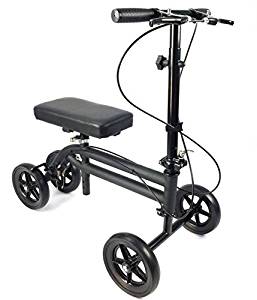
Mobility Crutches are an absolute must if you have to keep weight off a foot, but crutches are hard to use, uncomfortable and very tiresome. If you can’t get the hang of crutches, you may be able to work better with a walker. However, the best way to get from point a to point b with a problem foot is if we can just be wheeled there. Not many will have a wheel chair just sitting around their house, but I bet a lot of us have a rolling office chair. Once I started using my rolling office chair at home, life became a lot easier.
Getting up and Down – learn to use your arms – Placing all your weight onto one leg to sit down or stand up gets old very quickly because your good leg fatigues out fast. ‘Sure would be nice if that toilet seat would just rise up to meet me’ I have thought many times during this ordeal. The magical floating toilet is a dream and most of us don’t have those convenient bars around our toilet as in handicapped bathrooms. However, you can likely make things easier by just using a stable surface near the toilet. Each bathroom set up is different, but likely there is some bathroom counter or even the bathtub that is near enough you can place one or both hands on it. Make sure what you rest your body weight on is capable of handling it. Towel racks should never be used. They are not capable of handling body weight without crashing down. Also, be willing to change your position to reach a stable surface. I found that even though I had a counter top near my toilet at home it didn’t let me use both arms to help with sitting. However, my bathtub would. All I had to do was bend forward and rest both hands on my tub edge and then I could use the strength of my arms. If you don’t have something built in to your room, consider using a crutch or even a walker to help you with sitting.
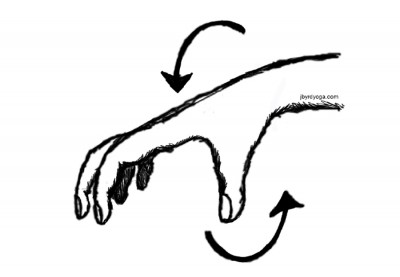 6. Take care of the rest of your body. This especially includes hands and wrists which will be pressing into things and holding your body weight. Do some hand exercises each day. (Hand exercise) Consider wearing padded gloves to protect your hands. Consider wearing a wrist brace to help stabilize and protect your wrists from overuse. (Wrist exercises)
6. Take care of the rest of your body. This especially includes hands and wrists which will be pressing into things and holding your body weight. Do some hand exercises each day. (Hand exercise) Consider wearing padded gloves to protect your hands. Consider wearing a wrist brace to help stabilize and protect your wrists from overuse. (Wrist exercises)
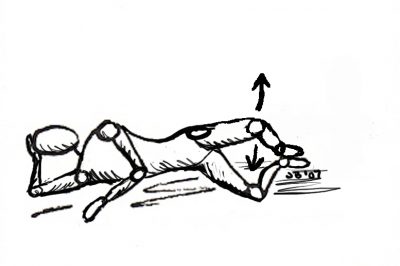 Cross train and strengthen your good leg. (Leg exercises) (Hip exercise) Even though it is working harder now, the work it gets needs to be varied so it becomes strong in all ways. Just like with the hand and wrist, you can protect your good leg and foot. Make sure you are wearing a comfortable and stable shoe. Consider using a brace for your ankle and/or knee to protect them from injury.
Cross train and strengthen your good leg. (Leg exercises) (Hip exercise) Even though it is working harder now, the work it gets needs to be varied so it becomes strong in all ways. Just like with the hand and wrist, you can protect your good leg and foot. Make sure you are wearing a comfortable and stable shoe. Consider using a brace for your ankle and/or knee to protect them from injury.
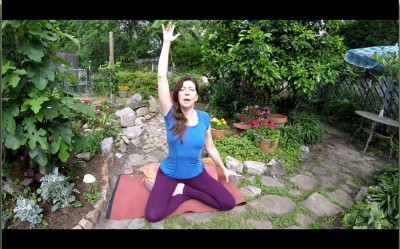 Exercise the rest of your body, especially your arms. Just like the good leg, your arms are now working harder and need to be cross trained to avoid unbalanced development. (shoulder routine) (Upper body routine) Train your core muscles. You are going to need to twist, bend and squat like never before. Give these muscles some care so they will not get strained from all this new work.
Exercise the rest of your body, especially your arms. Just like the good leg, your arms are now working harder and need to be cross trained to avoid unbalanced development. (shoulder routine) (Upper body routine) Train your core muscles. You are going to need to twist, bend and squat like never before. Give these muscles some care so they will not get strained from all this new work.
Don’t work out too much though. You are probably really tired from just getting around. A good plan is to do your cross training workout once or twice a week. Recuperative exercises can be done daily, but only to mild fatigue.
7. Eat healthy and hydrate. (Healthy breakfast) (Healthy Lunch and Dinner) The body is working overtime to rebuild injured tissue. You are working harder to do any action so you are using more calories. You are physically stressed and possibly mentally stressed as well in taking care of this injury.
8. Sleep – you need 7 to 10 hours every night, but especially when you are injured. The body does most of its repair work while we sleep but it also reduces inflammation when we sleep. Get to bed early to give yourself plenty of time to rest. It is unlikely you will be able to sleep as soundly as normal and you may wake up frequently. This is not unusual so it may take giving yourself 10 hours of bed rest in order to sleep 7 hours. Take naps if you can. A short 20 minute nap is ideal if you are getting your 7 – 10 hours of sleep each night. That short nap will energize you. However, you need a longer nap if you are getting less than 7 hours of sleep at night. Plan on a 2 hour nap to give you a full sleep cycle when you cannot sleep as much as you need at night.
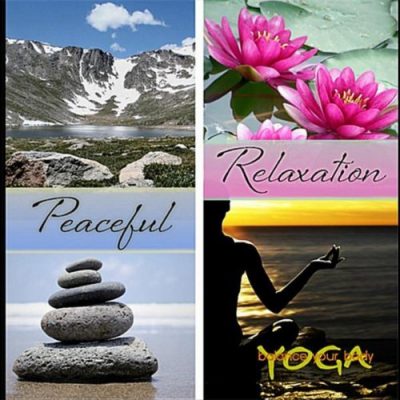
10. Take the long view. Right now everything is different from normal. It is going to take time to heal and even longer to fully recover back to the level you were at prior to the injury. I think that we get caught up in the numbers of things. We hear from experts that our bone should be healed in 6 weeks and we are upset when our healing takes longer. Don’t let the so called expert opinions rattle you. Your healing journey is going to last as long as it lasts. Some people heal faster and some people heal slower. Every injury is unique and every human is unique. Healing does not come in a one sized fits all box.
Getting hurt – hurts. It is painful and unpleasant. Dealing with an injury is bothersome, frustrating, exhausting and seemingly endless.
Yet, it is also an opportunity. It can center us like nothing else can. In forcing us to take time we learn to slow down and appreciate things like never before. Because we cannot proceed like we are used to we have to pay more attention, which opens our eyes to the world. In working to heal ourselves from this injury we take steps that makes our life healthier. We learn to devote ourselves to recuperating and exercising to restore and prevent harm to our body. We develop skills and abilities we never would have taken the time to create.
I am not happy that my body got injured. If I could I would push the button that would take me back in time so I could avoid that few seconds of OUCH. Apparently time machines have not been invented so I will just stick with the here and now. I will make the best of it and I hope you will too.
All the best…
Life gives us opportunities.
This is part 2 of a series of articles I have written in my adventure of living with a broken foot. If you would like to explore more on this topic, please check out my other articles:
Part 1: The Shoe is on the Other Foot,
Part 3: Foot of Clay, and
Part 4: I walk… like a pirate.


